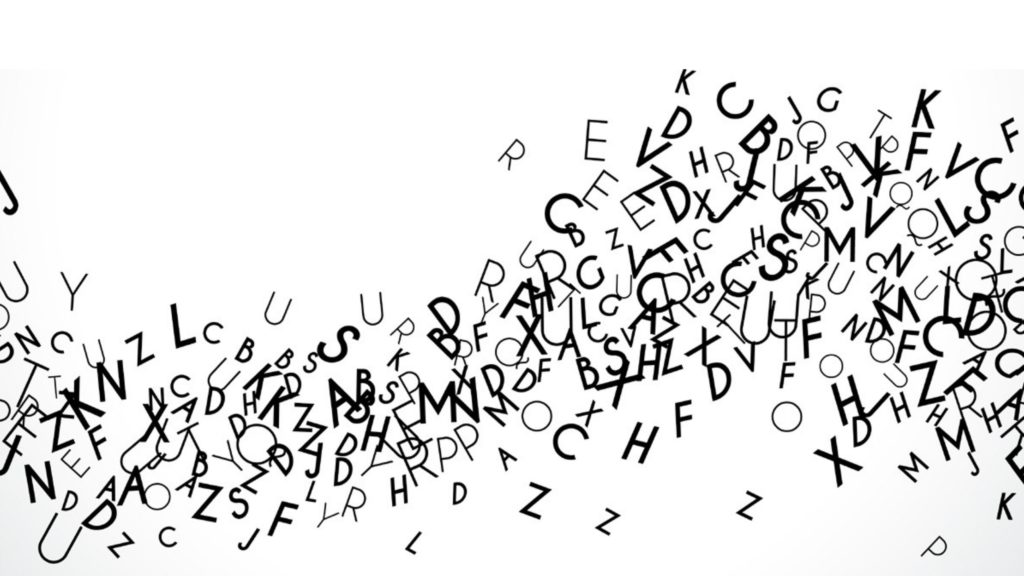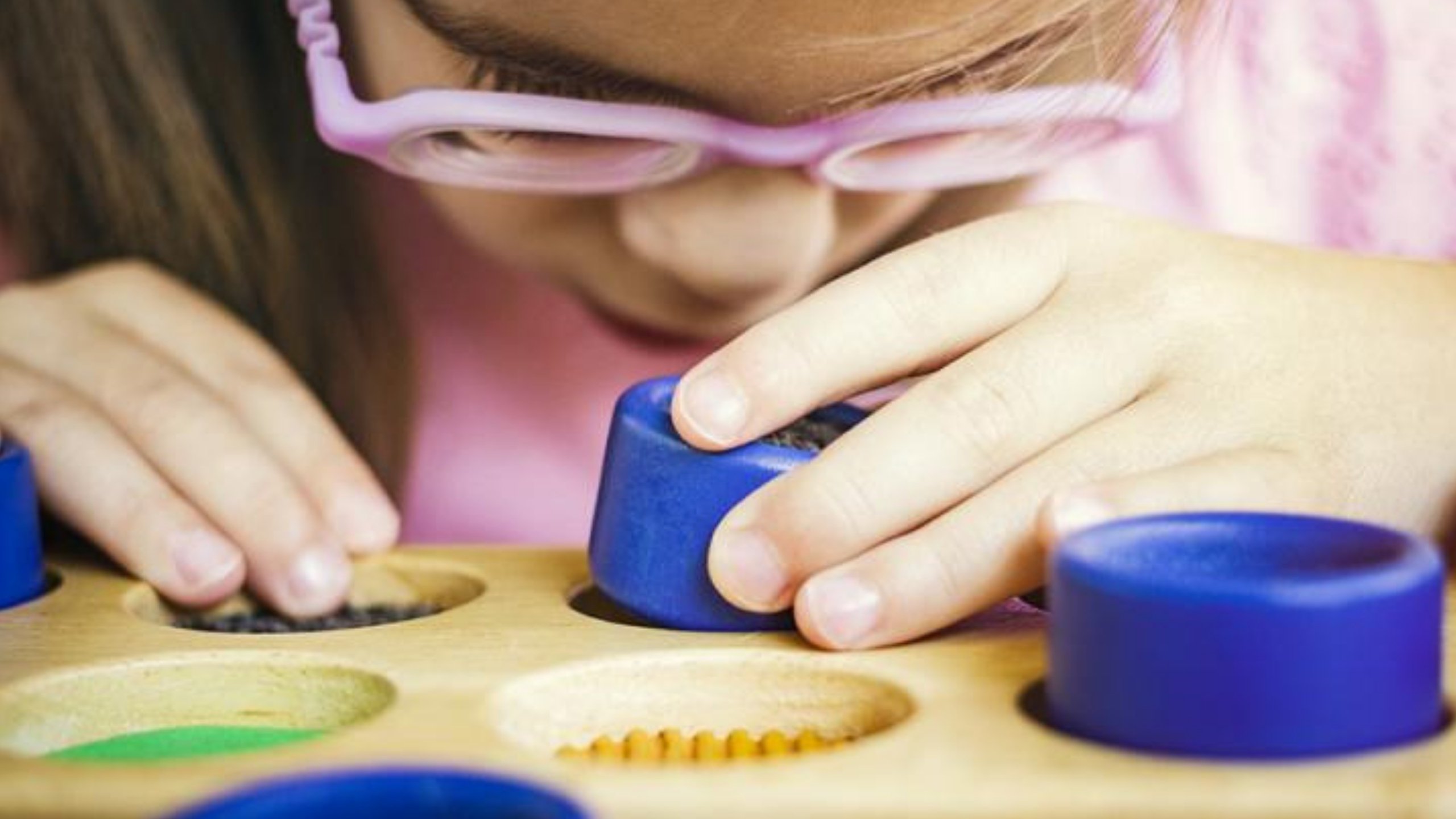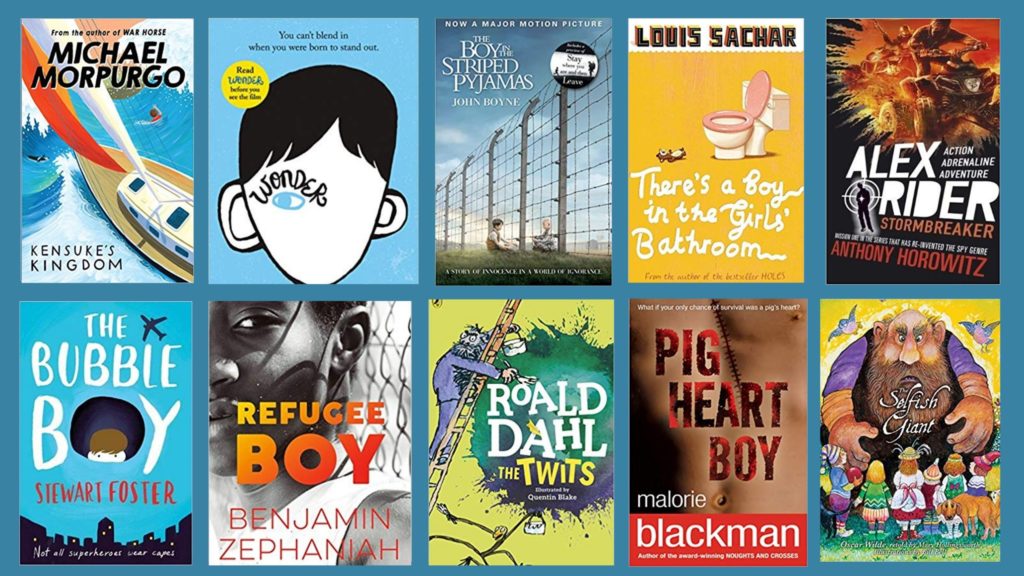How to support children with visual difficulties

Not all visual impairment is the same, there are several main functional effects which include central or peripheral vision loss, poor image sharpness, low contrast or sensitivity to light, impaired eye movement or colour loss.
In any educational setting, we must consider how the level of visual impairment impacts the practical implications for individual learners.
Blind learners
Blind learners will rely on their other senses to learn in the classroom environment, given that their level of sight is insufficient to learn visually. As educators, it is important to find out how much sight the individual may have and how variable it is under different conditions.
It will be important to find out how competent these students are with Braille and also with the physical ability to move around the classroom independently.

Partially sighted learners
Partially sighted learners’ needs vary considerably and on some occasions, these learners can hide their difficulties because they are able to access and read normal print. It will be important to find out how the learner’s field of vision is restricted and if so which adaptations in the classroom will aid their sight. Trailing various fonts, sizes and colours will allow the child to choose their preferences for resources.
Most learners with visual impairment have the same range of intelligence and abilities as their sighted peers. Blind or partially sighted pupils will have individual barriers to learning which may affect the following areas in the classroom;
- The speed at which they work
- How they communicate
- How they move around the classroom environment
- How they socially interact with their peers
- How they recognise communication of others through body language or facial expression.
With the added barriers to learning, you may find that learners with visual difficulties also present as pupils with low self-esteem and a lack of confidence which added to their profile can affect their learning.

Specialist teachers for the visually impaired will often be a link within a mainstream school to expertise, advice and appropriate support. No one would expect mainstream teachers and other staff to understand braille or know how to work technical support equipment, however, what they would be expected to do is liaise with specialists and perhaps particulate in ongoing training.
Here are some of the practical tips that I would give to any staff member preparing for a child with visual impairment to arrive in their class;
- Keep the classroom and work areas tidy and free from clutter – particularly the walkways
- Keep equipment the pupil may require in an accessible place
- Check the lighting is of the correct level
- Ensure any ICT devices are fully charged and accessible
Ultimately, inclusion is the key to success and if the pupil’s barriers are broken down, they will succeed.
Helen Keller said, “The best and most beautiful things in the world cannot be seen or even touched – they must be felt with the heart.”
Her experiences as a child growing up and then later in life, are a good starting point if you would like to enhance your understanding or develop insight into the world of blind and visually impaired learners.








Responses